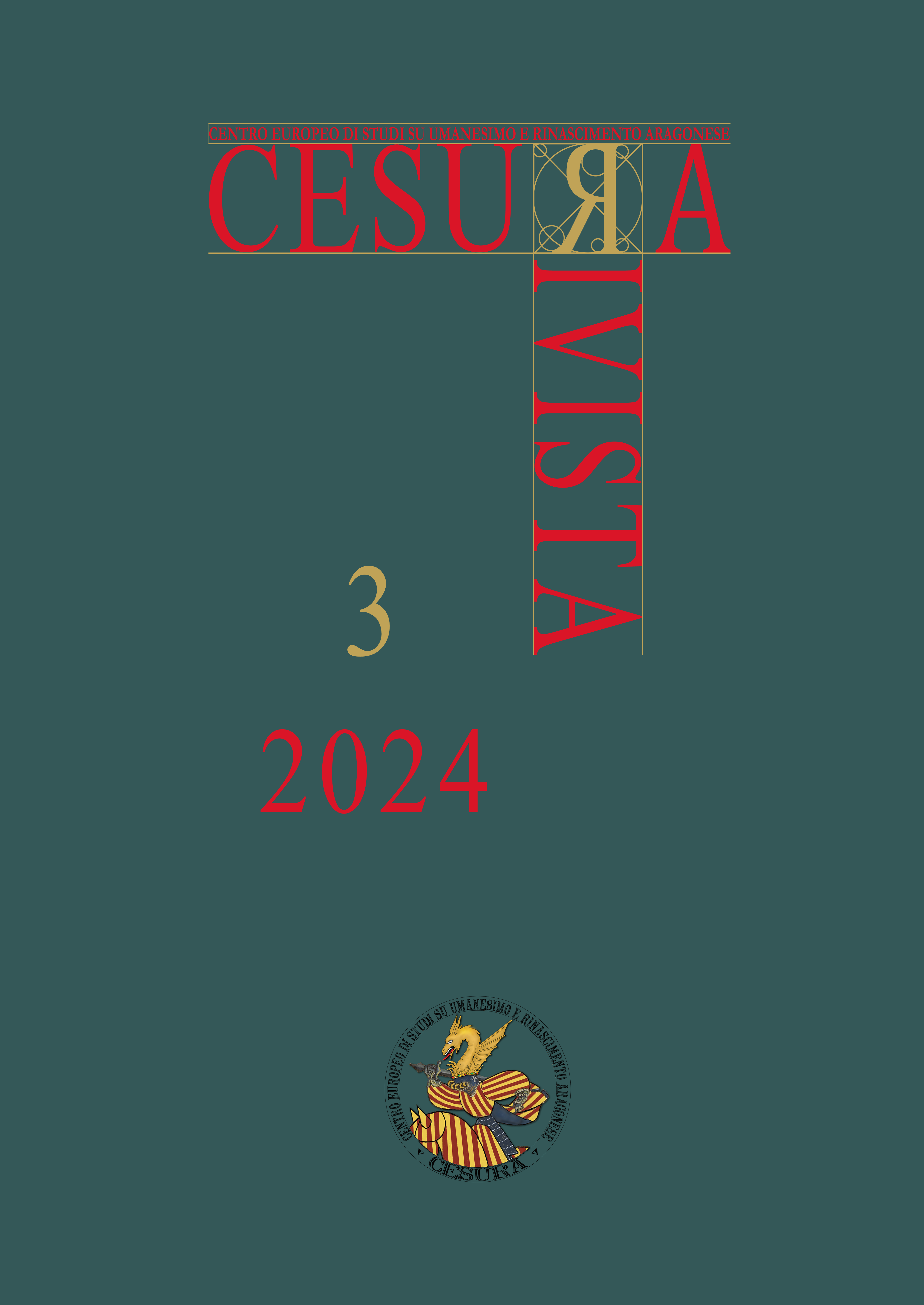The Prince and the State: Giuniano Maio’s Theory of Monarchical Power in his “De maiestate”
Keywords:
Giuniano Maio, Humanist and Renaissance Political Theory, The PrinceAbstract
This article examines Giuniano Maio’s De maiestate (1492), through an interdisciplinary analysis of both the text and the illuminations included in the most important manuscript of this treatise still extant. The investigation explores how the various components of this work (political-philosophical, literary, artistic) give life to an organic theorization that, at the end of the XV century, recovers and re-defines the most pivotal conceptual pillars of the political theories produced in the Aragonese Humanism, with some significant connections with the wider horizon of Italian Political Humanism. This treatise, by illustrating all the virtues (“virtù-concetto”) that build Maio’s theoretical architecture (and that are deeply interconnected and inter-functional), offers an ideal, but also real, model of both the prince and the state: two entities that in the De maiestate find a lucid definition and are presented as profoundly interdependent.
Downloads
Published
How to Cite
Issue
Section
Categories
License
Copyright (c) 2024 Marta Celati

This work is licensed under a Creative Commons Attribution-NonCommercial-NoDerivatives 4.0 International License.
The terms of the license can be found here.







